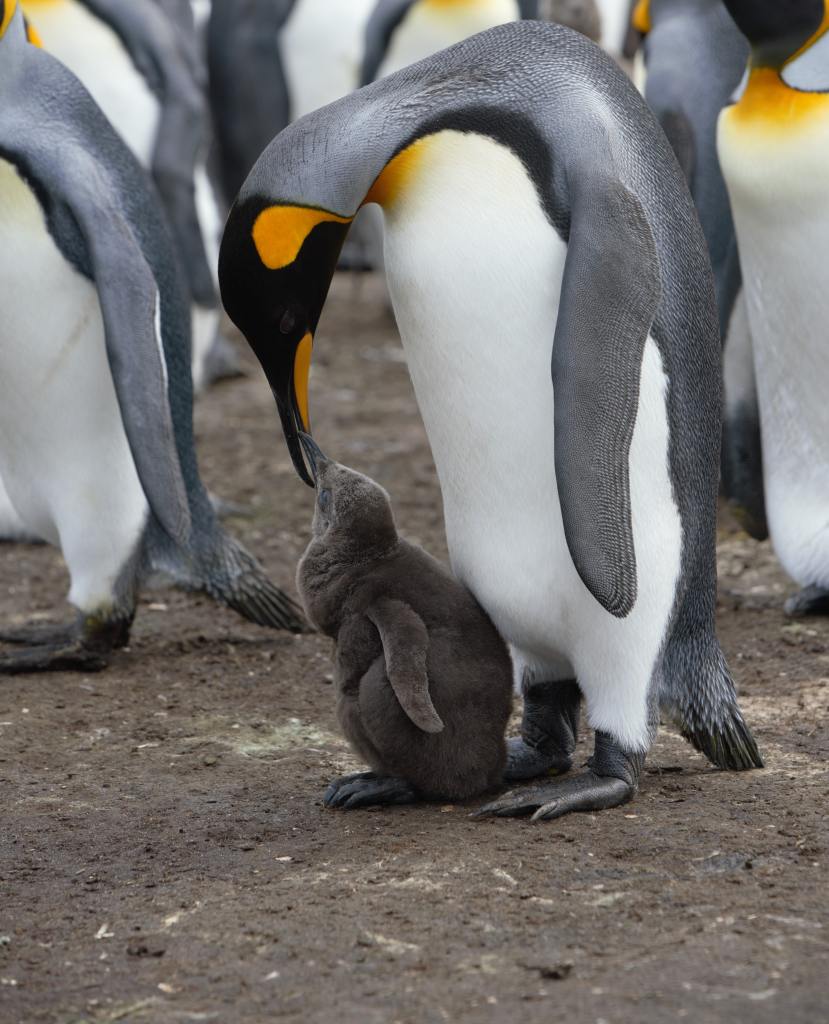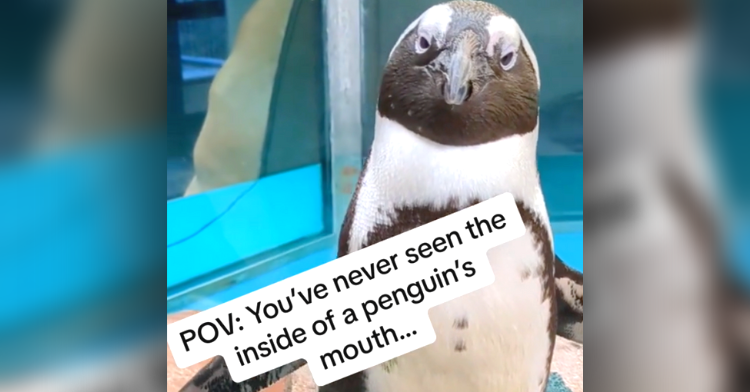Everyone loves penguins. The icy, wet exhibit is always among the most popular at any zoo, especially with kids. OK, adults, too. I don’t know anyone who doesn’t enjoy watching penguins. However, most of us never get close enough to see the inside of a penguin’s mouth.
Penguins’ mouths, or technically, beaks, have a number of features that make them unique. To understand the odd-looking ridges, nooks, and crannies, we should start with exploring the typical diet of a penguin.

Penguins live on varied diets, including small fish, cephalopods, and crustaceans. They love anchovies and sardines, and squid and cuttlefish are delish. The smaller species eat a shellfish diet, such as krill, crab, and shrimp.
Penguins feed on slippery seafood… yet, they have no teeth. In the bird world, weight is a factor in flight. Birds evolved without teeth because having teeth adds weight. This is true even in flightless birds. The sharpness of their bill assists penguins in grabbing their food, and the unique features within help them keep their grip even without teeth.

Penguins have a series of spikes on their tongue and the roof of their mouth. It’s kind of scary-looking and resembles the inside of a cave. The up- and downward-facing papillae (the official name for the little stalagmite and stalactite-looking spikes) all point backward, toward the throat. When a penguin eats a fish, it can only travel in one direction because of the papillae.
The design of their beak makes them much more equipped to catch fish, but also makes the inside of a penguin’s mouth very strange looking! Just take a peek at the video below.
You can find the source of this story’s featured image here.
Want to be happier in just 5 minutes a day? Sign up for Morning Smile and join over 455,000+ people who start each day with good news.



